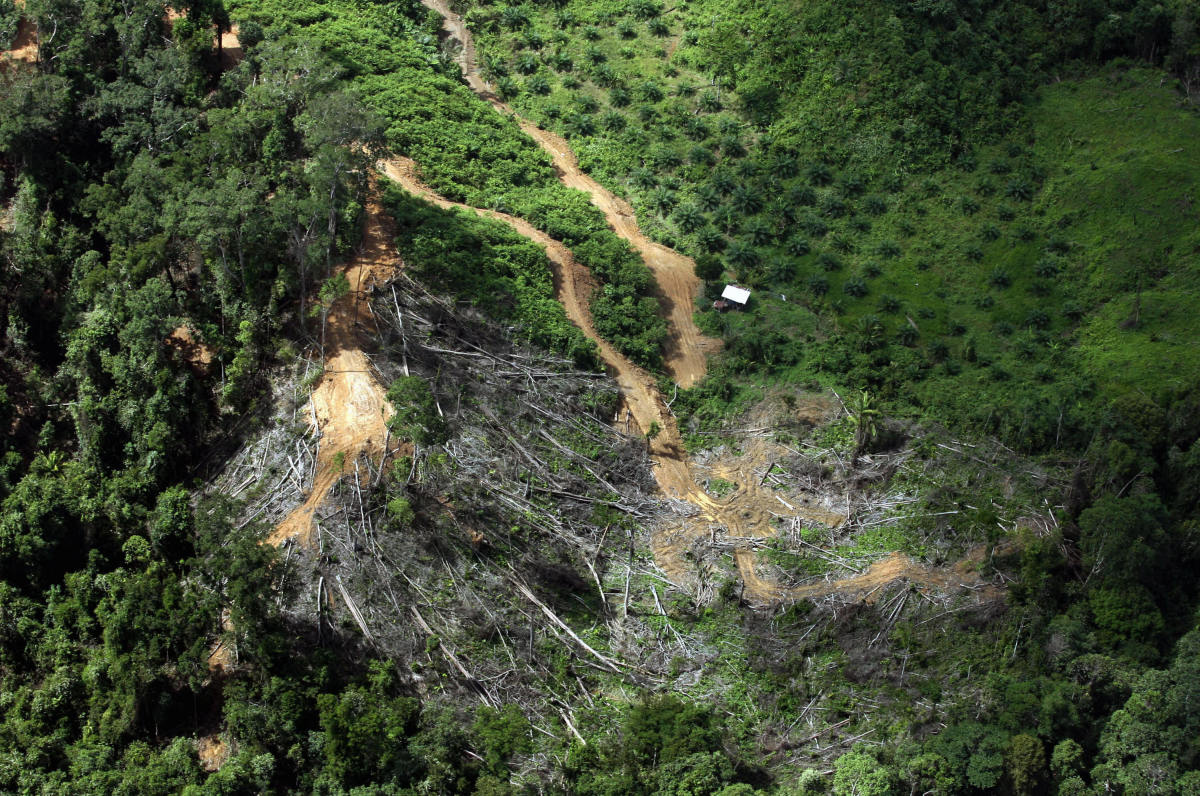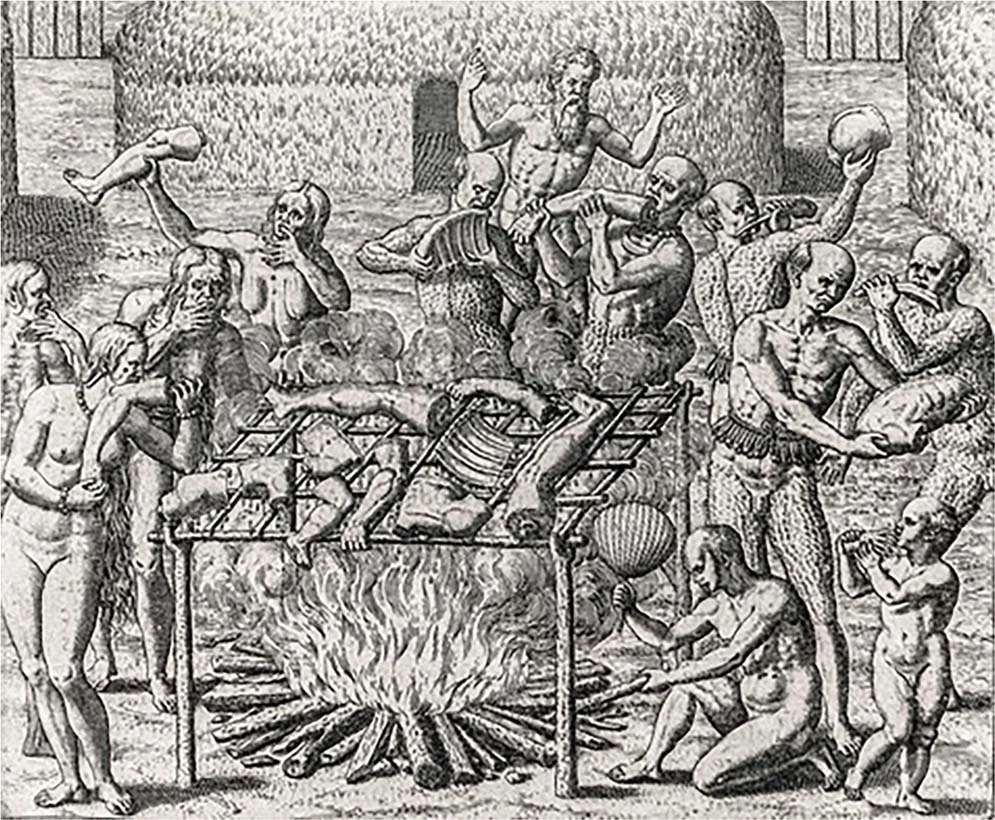Neandertals collected clam shells and volcanic rock from the beach and coastal waters of Italy during the Middle Paleolithic, according to a study published January 15, 2020 in PLOS ONE by Paola Villa of the University of Colorado and colleagues. Neandertals are known to have used tools, but the extent to which they were able to...
World
Transformational Innovation Needed to Reach Global Forest Restoration Goals
The U.N. and other international organizations agree that forest restoration is a critical part of the collective global effort to combat climate change, reduce extinctions, and improve the lives of people in rural communities. Dozens of nations have pledged to restore 230 million hectares of forest so far as part of projects such as the...
Tipping Mechanisms Could Spark Societal Change Towards Climate Stabilization
Limiting global warming to well below 2°C requires a decarbonized world by 2050 at the latest and a corresponding global transformation of the energy and land use systems of societies across the world. To achieve this goal of net-zero carbon by 2050 emissions need to be cut by half every decade from now on. An...
Research Shows Potential for Zero-Deforestation Pledges to Protect Wildlife in Oil Palm
New research has found that environmental efforts aimed at eliminating deforestation from oil palm production have the potential to benefit vulnerable tropical mammals. These findings, published by Conservation Letters, were drawn from an international collaboration led by Dr. Nicolas Deere from the University of Kent’s Durrell Institute of Conservation and Ecology (DICE), and including the University...
Nature Study: First Ancient DNA from West Africa Illuminates the Deep Human Past
A team of international researchers dug deep to find some of the oldest African DNA on record, in a new study published in Nature. Africa is the homeland of our species and harbors greater human genetic diversity than any other part of the planet. Studies of ancient DNA from African archaeological sites can shed important...
Caterpillar Loss in Tropical Forest Linked to Extreme Rain, Temperature Events
Using a 22-year dataset of plant-caterpillar-parasitoid interactions collected within a patch of protected Costa Rican lowland Caribbean forest, scientists report declines in caterpillar and parasitoid diversity and density that are paralleled by losses in an important ecosystem service: biocontrol of herbivores by parasitoids. The study by University of Nevada, Reno researchers, published in Scientific Reports this week,...
Study Reveals Pre-Hispanic History, Genetic Changes Among Indigenous Mexican Populations
As more and more large-scale human genome sequencing projects get completed, scientists have been able to trace with increasing confidence both the geographical movements and underlying genetic variation of human populations. Most of these projects have favored the study of European populations, and thus, have been lacking in representing the true ethnic diversity across the...
Always Counterclockwise
Human behaviour is influenced by many things, most of which remain unconscious to us. One of these is a phenomenon known among perception psychologists as “pseudo-neglect”. This refers to the observation that healthy people prefer their left visual field to their right and therefore devide a line regularly left of centre. A study published on...
Study Puts the ‘Carib’ in ‘Caribbean,’ Boosting Credibility of Columbus’ Cannibal Claims
Christopher Columbus’ accounts of the Caribbean include harrowing descriptions of fierce raiders who abducted women and cannibalized men – stories long dismissed as myths. But a new study suggests Columbus may have been telling the truth. Using the equivalent of facial recognition technology, researchers analyzed the skulls of early Caribbean inhabitants, uncovering relationships between people groups and...
Birkin Bags, Swiss Ski Resorts and Louis Vuitton: How Super-Rich Delhi Housewives Strive to Be Part of a Global Elite
When Akash Ambani, son of Mukesh Ambani, one of the richest men in the world, decided to host a pre-wedding event in February 2019, he chose St Moritz in Switzerland. While St Moritz is a popular ski destination for the international jetset, it was not a prominent holiday destination for Indian elites. But through my...










